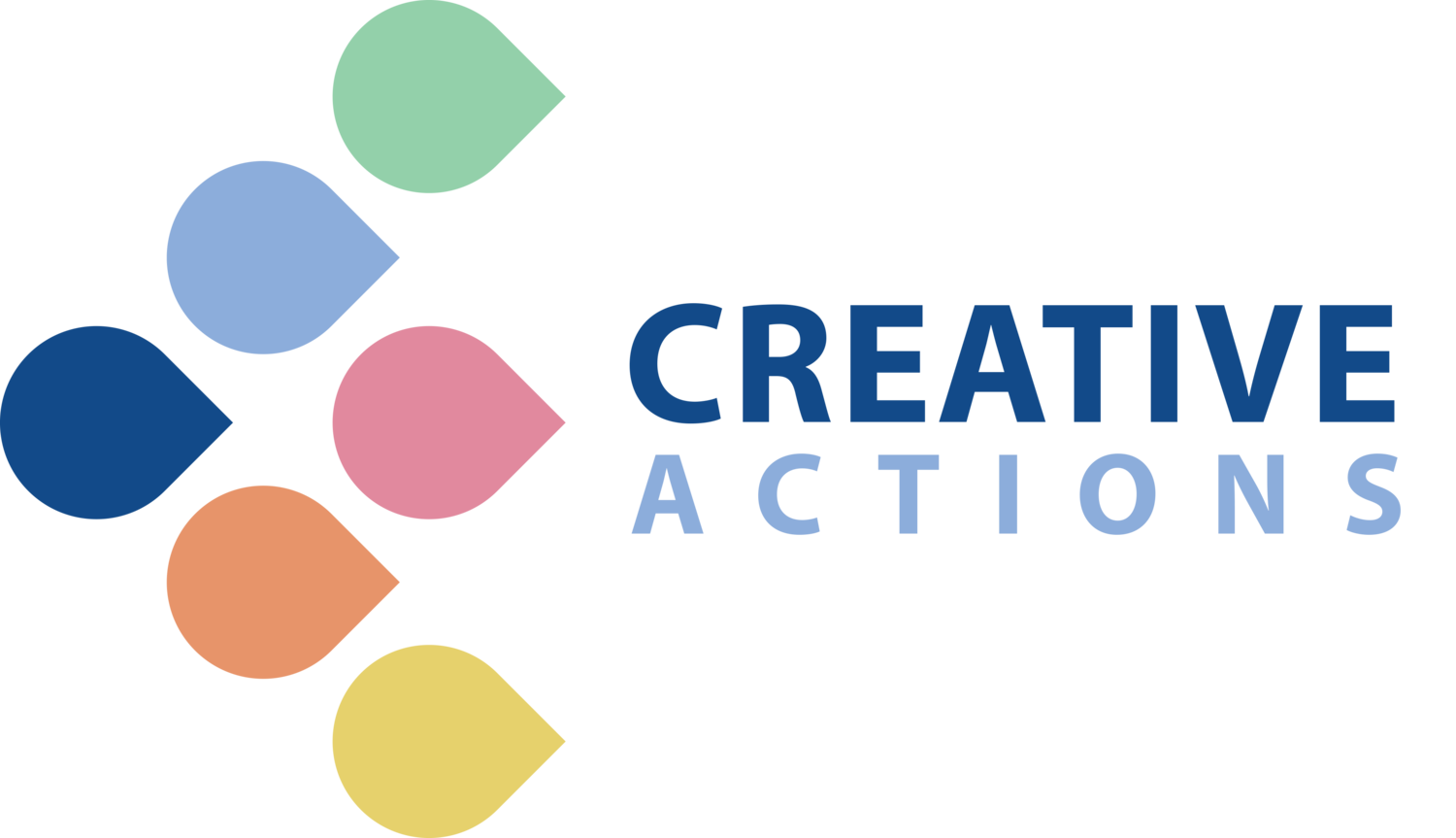CREATIVE TEAMS
Professional Learning benefits teachers by helping them to build the language and competencies in teaching with, about, and for creativity
In order to align with your strategic direction and values, our programs are constructed bespoke to your context. Not only do we want to know your school, staff and students – we need to know your school, and what your staff and students currently know, to ensure the most effective, practical and purposeful Professional Learning Programs
Each of our programmes can be provided digitally or in person
Program 1 – Introduction to creative education
Whole staff presentation
a. Why we need creative education
b. Busting the myths of creativity
c. Integrating creative competencies into curricula
d. Integrating assessment of creative competencies
Program 2 – Building the creative capacity of teams
In-house
professional learning in groups is more effective and more convenient than individual off-site PL. New resources are developed internally and members of a departmental team can reflect upon mutual
experience over time
Department based presentation
a. Existing assets - highlighting current creative practices
within the department
b. Construction and workshopping of a suite of new
evidence-based pedagogies in teaching with, about and
for creativity from the department's subject area
c. Developing and integrating formative and summative
assessments.
d. Building a database of create actions within the
department
Program 3 - Building Whole School Creative Capacity
Change is most effective at the organisational level.This program implements and measures organisational evolution. It is best combined with the equivalent student program.
a. We know that teachers understand more about creativity than they are given credit for. We use a brief evidence-based survey to assess what your teachers know, think and feel about creativity in the classroom
b. We then base our bespoke workshop on the data. Each department receives professional learning which starts at the point of their current knowledge and skills.
c. Creative Actions uses a blended learning approach. Teachers complete short, concise modules which will be discussed in the face-to-face workshop sessions. Theory and practice then combine as teachers explore new pedagogies in their individual context.
d. Then follows coordination of delivery of creative competencies between subjects and year levels to ensure maximum student development of creative competencies
e. Development of whole school database of creative education practices
f. Integration of formative and summative assessment to capture student competency building
g. Repeat of brief measure to demonstrate capacity building

